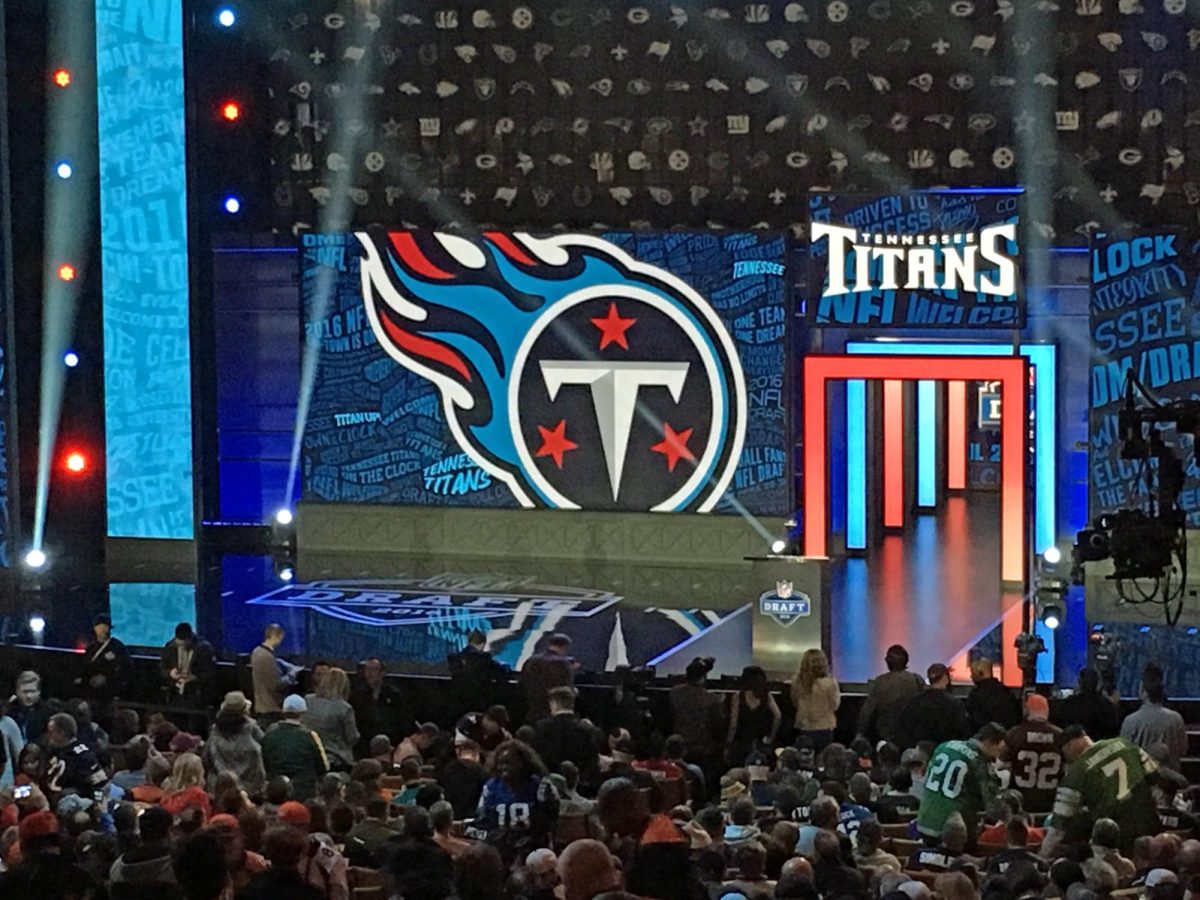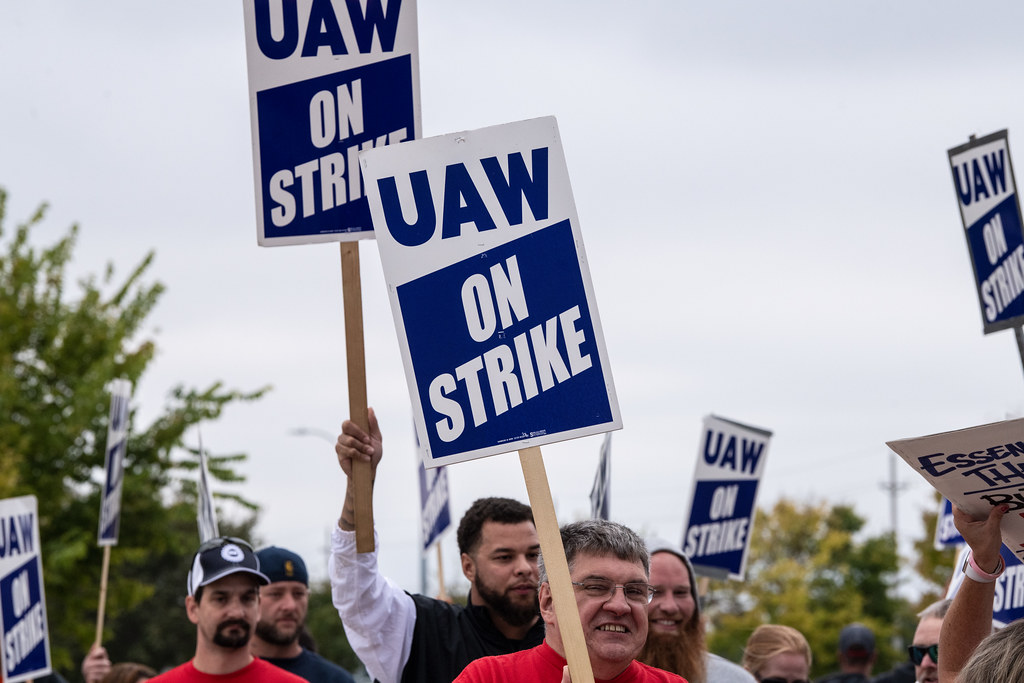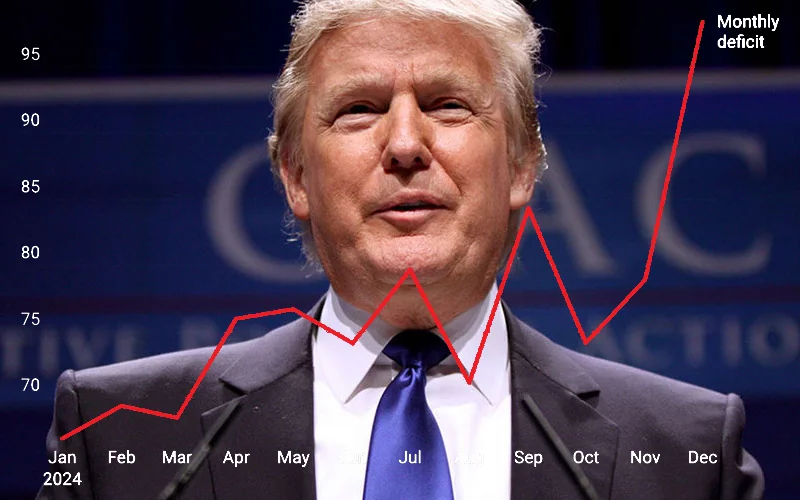The United Automobile Workers (UAW) strike entered its fifth week since members of the American labor union went on strike against the “Big Three” car manufacturers: Ford, General Motors, and Stellantis. Initially, the strike targeted one assembly plant at each company; however, the strike has recently expanded, and as of October 13th, the movement totaled approximately 34,000 autoworkers at five assembly plants and thirty-eight parts warehouses. This figure constitutes around 23% of the UAW’s “Big Three” autoworkers, and this percentage will increase if negotiations continue to falter.
Initially, the UAW went on strike after their contracts with General Motors, Ford, and Stellantis expired on September 15th, with no new agreement in sight. Primarily, the workers felt that they had not been properly compensated for their significant effort in recent years, over which the automobile manufacturing companies have enjoyed record profits. Additionally, during the Great Recession that followed the 2008 financial crisis, the union relinquished many of its benefits in an attempt to save these companies from collapse, and the union now feels justified to reclaim these rights. For these reasons, Shawn Fain, the President of the UAW, decided to “end concessions” and “take a tougher stance in negotiations” in an attempt to “claw back some of the things [they’ve] lost previously.”
Currently, the union is demanding a 36% increase in wages over four years, as well as the reinstatement of cost-of-living adjustments (COLA) to protect against inflation, a benefit they ceded in 2008. Not only do these autoworkers want to protect their future income against inflation, but they also want to be compensated for the income they lost from not having COLA over the last 15 years.
Additionally, the UAW wants to end the existing hierarchical system of employment, in which new employees receive a lower income and fewer benefits to perform the same job as established employees. Under current policy, the progression toward better wages and benefits takes eight years; however, the UAW is pushing to lower it to ninety days. Moreover, since there has been a major shift toward electric vehicles, autoworkers want job security and some form of compensation in the event that a manufacturing plant shuts down, as well as retaining the ability to strike. Finally, the UAW is demanding a 32-hour workweek, as well as a 401(k) account with a company contribution of 6.4% of the worker’s wages for retirement benefits.
As of October 12th, Ford’s latest offer met the union’s requirements for the reinstatement of COLA, the elimination of a tiered system of wages, a 401(k) account with a 6.4% company contribution, and the right to strike on plant closures. However, Ford only agreed to increase wages by 23% despite the union’s demand for 36%. They also refused to fund retired employees’ healthcare and guarantee that future electric vehicle factories would offer the same compensation and benefits as the current ones. Negotiations may improve soon, as on October 16th, Executive Chair Bill Ford called the UAW to reach an agreement to end this strike that has damaged the automobile industry.
In contrast, although General Motors agreed to raise their contribution to 401(k) accounts to 8 % and increase the wages of parts warehouse workers, they rejected many of the other proposals from the union. For example, they refused to reinstate COLA, restore company-financed healthcare, and allow workers to strike on plant closures, while also only proposing a 20% wage increase.
Finally, Stellantis agreed to a 20% increase in wages, as well as a 6% contribution to 401(k) accounts. While many of the details of the negotiations are disclosed, the union confirmed that Stellantis made concessions regarding COLA and the right to strike over plant closures on September 29th.
Ultimately, this strike can have severe local and national implications depending on how long it persists. Locally, autoworkers on strike will only receive $500 a week in strike pay, ultimately losing around 60% of their weekly income. As a result, they will have to reduce their spending, which means that small businesses near strike sites will lose out on revenue. More significantly, this strike can have detrimental ramifications on the supply chain. Although experts expect the automobile companies to delay canceling orders with their suppliers, if the strike continues for long enough, they will be forced to cancel orders and lay off workers to reduce their business costs. Currently, there have been temporary furloughs of 2,480 Ford workers, 2,300 GM workers, and 1,340 Stellantis workers. As a result, the tier 1 suppliers for these companies may also be affected and have to cut back on their workforce, which can then affect the suppliers of these companies and so forth.
While the UAW continues to press for improved benefits within the automobile industry, the major car manufacturers seek to reach an agreement soon in order to limit the economic implications of a strike that has already cost them nearly $7.7 billion in revenue.

































